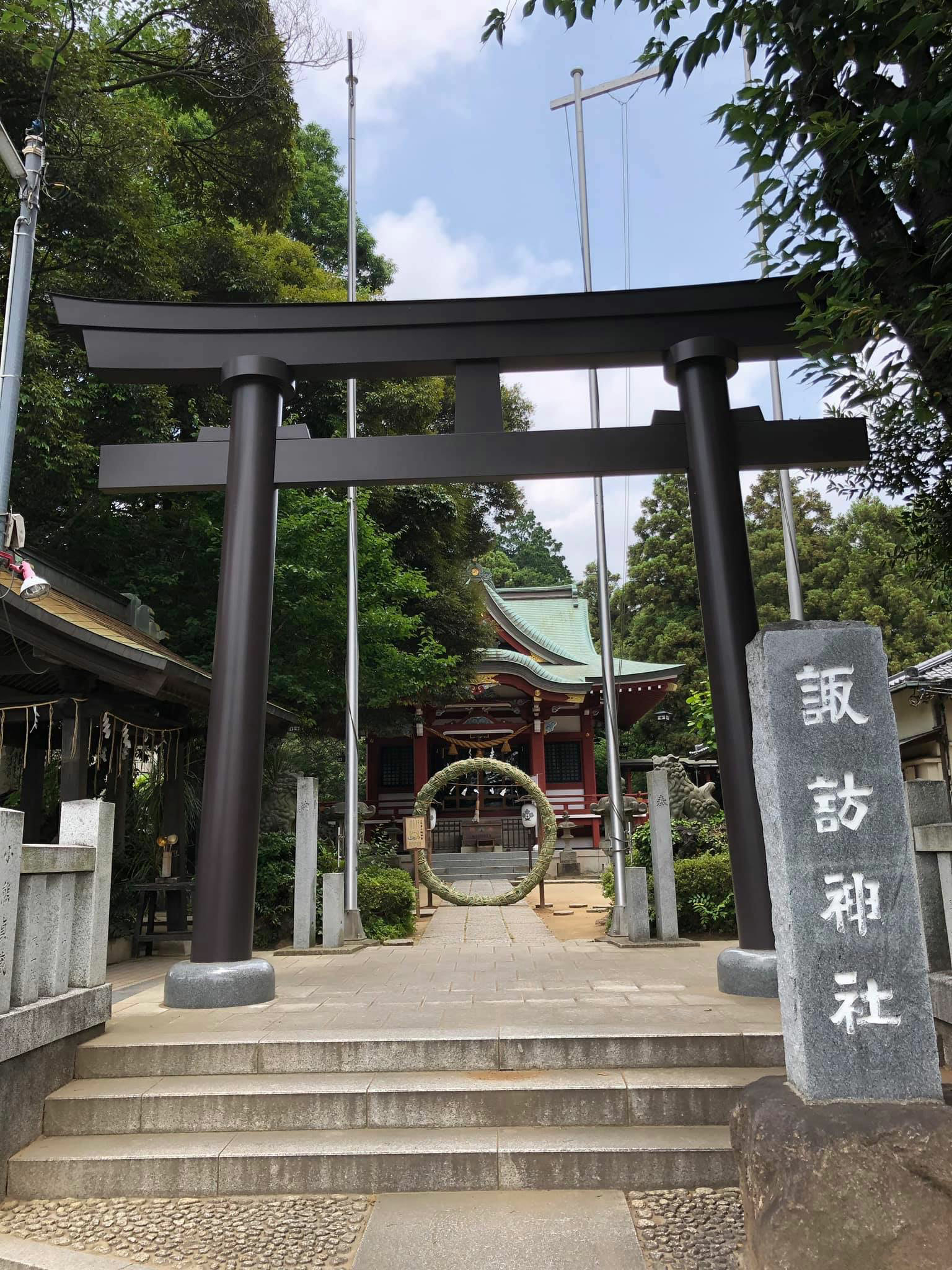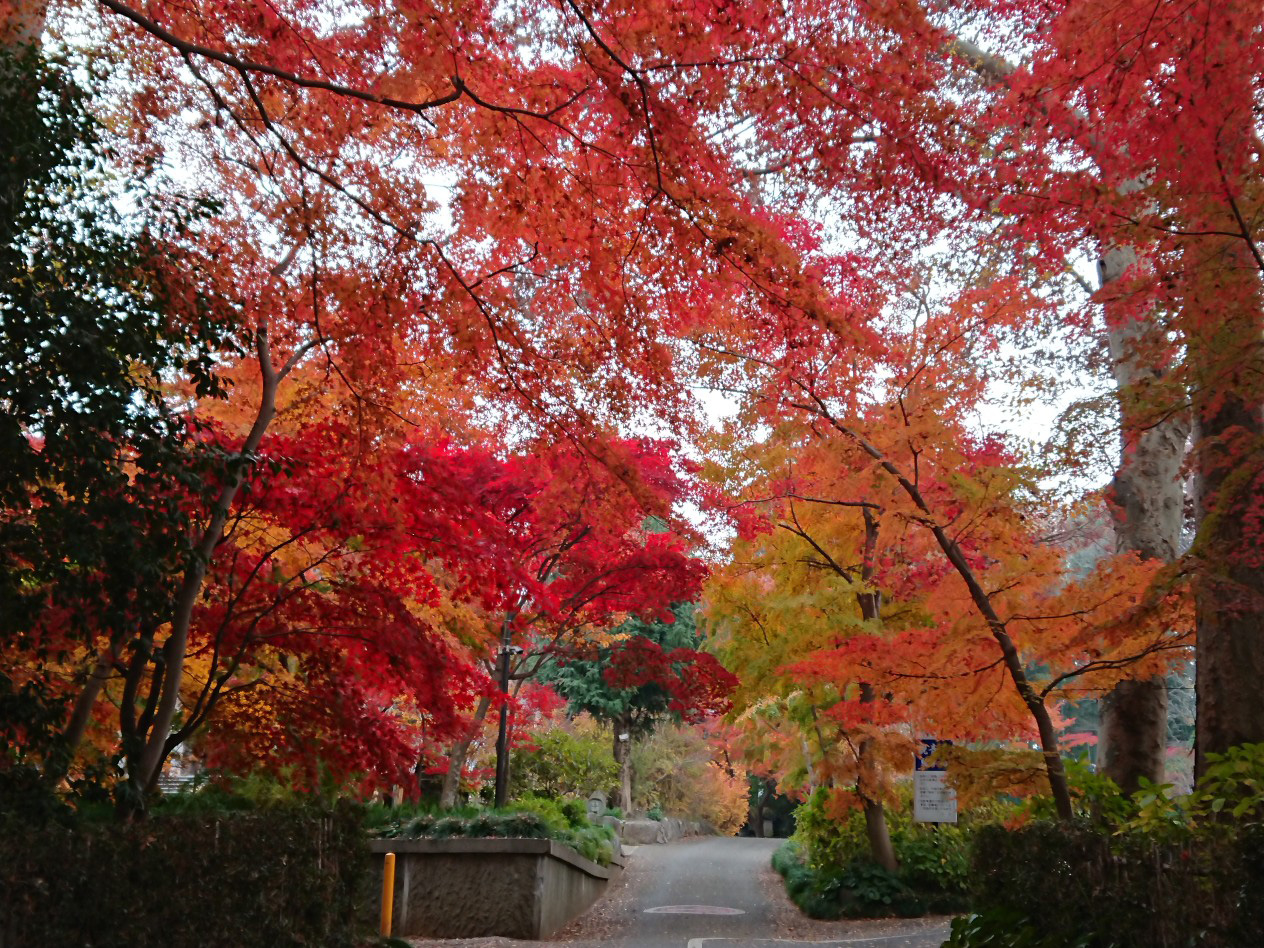
少林寺
坐禅会は毎月第1・3日曜(8・12月は第1のみ)6時30分~(所要約3時間)。初めての人は6時20分までに来寺のこと。予約は不要。服装は自由だが、スカートは不可。体験無料(要問合せ)。
Info
Business Hours
Spot Category

The information provided reflects the details available at the time of the survey.
Please note that facility details may change due to the facility’s circumstances, so please check for the latest information before visiting.
This content has been translated using machine translation.
Information provided by: JTB Publishing
The content uses an automatic translation service, which is not always accurate.
The translated content may be different from the original meaning, so please understand and use it.

坐禅会は毎月第1・3日曜(8・12月は第1のみ)6時30分~(所要約3時間)。初めての人は6時20分までに来寺のこと。予約は不要。服装は自由だが、スカートは不可。体験無料(要問合せ)。

市立図書館に近く、小さな森を訪れたような神秘的な雰囲気にひたれる神社。毎年6月には、大きな茅の輪が境内に設置され、それをくぐると過去半年の罪や穢れを祓い、新しい半年をきれいな心と体でスタートできるという。地元の人々のヒーリングスポットとしても親しまれている。

文禄4年(1595)開創。正式名は安楽山 誓光院 観音寺といい、真言宗豊山派に属し、「ぼたんのお寺」として有名だ。ぼたんのほかにも、梅、桜、椿、ハンカチの木、ナンジャモンジャ、スズラン、藤、紫陽花、ヤマユリ、百日紅、彼岸花、モミジと、一年を通して草花が寺を彩る。四季の草花を楽しめる名所として人気のお寺だ。カーナビ検索は住所またはTEL:04-7172-4136で。

On the occasion of the Ojō Kōki, who was appointed as the lord of Osugasō, Shimousa Province, he was invited by Shinano Suwa Taisha Shrine as the god of the lord of the territory. He has since been revered as the god of industrial development, the god of wisdom, and in recent years as the god of advanced learning. The present main shrine is of the 1853 (Kaei 6) construction, and the annual festival "Sawara no Taisai (Autumn Festival)", which takes place in October every year, is designated as a national important intangible folk cultural property.

The temple of the Tendai sect, known as Narikiri (Namikiri), is a temple of the Tendai sect that collects the thick faith of the fishing people for great fishing prayers and sea protection. The main priest, Fudō Myōō, was reportedly picked up from the sea by the wives of the fishermen of the land during the middle Kamakura period and laid them here to rest. The thatched-roofed Fudō, which houses Fudō Myo, is designated as a national important cultural property, and is presumed to have been erected during the Muromachi period.

Western-style Mie-bashi, a masonry method, on the lower Nagao River at Takiguchi, Shirahama. Because there are three arches, it is not really glasses, but it has come to be called a glasses bridge from the appearance of moving to the river. The bridge was built in Meiji 21 (1888) with a donation of 399 yen and 40 yen from the villagers. He said he had walked across the river before the construction. It is a sturdy bridge that, in wartime, tanks passed through it without being broken by the Great Kanto Earthquake. Repair work was carried out in 1977 and 1993, and the figure remains at the time of construction. Prefectural Designated Tangible Cultural Property. Japan's Meihashi Hyakusyo.
This website uses cookies so that we can provide you with the best user experience possible. Cookie information is stored in your browser and performs functions such as recognising you when you return to our website and helping our team to understand which sections of the website you find most interesting and useful.
Strictly Necessary Cookie should be enabled at all times so that we can save your preferences for cookie settings.
If you disable this cookie, we will not be able to save your preferences. This means that every time you visit this website you will need to enable or disable cookies again.
